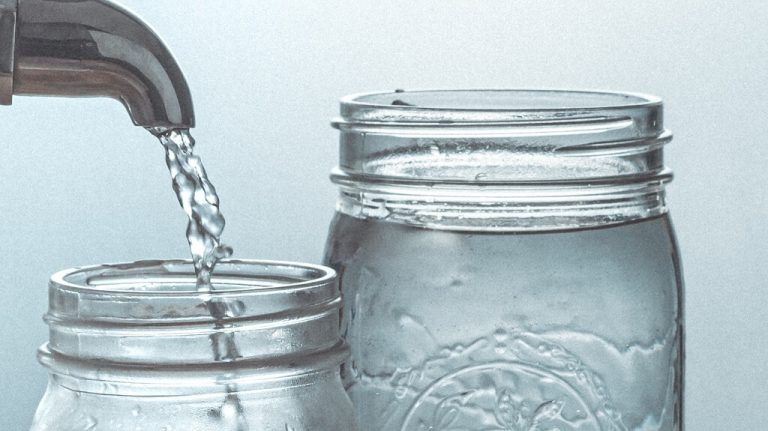Those of you who take your health seriously, understand exactly how dangerous water contamination can be. More often than not, a situation such as this requires immediate action in order to avoid serious ramifications. Bacteria can easily build up, as harmful metals leach into the water supply, or it is otherwise contaminated by chemicals. If you are a homeowner, you are most likely a little familiar with these parameters, and the risks associated with unfiltered tap water. Certain areas of the United States suffer from higher levels of contamination than others, ranging anywhere from simple to extremely serious. In many areas, a single-stage water filtration unit is enough to provide safe drinking water, while others demand serious solutions to remove harmful chemicals and avoid health effects. When you need to eliminate contaminants on a severe scale, higher stages of filtration serve as a great resolution. This begs the question, though:…
Ultrafiltration is a method of water filtration much unlike reverse osmosis. Also referred to as UF, ultrafiltration utilizes the pressure of a standard home water system, in order to remove contaminants by forcing water through a semipermeable membrane. Through this method, ultrafiltration is capable of removing bacteria, parasites, and viruses, while also retaining minerals found in water. While it does bear a resemblance to reverse osmosis systems, ultrafiltration is considered to be a superior method of filtration, efficient at producing mineral rich, healthy drinking water. What Exactly is Ultrafiltraion? Through the use of hydrostatic pressure, ultrafiltration works similarly to reverse osmosis, forcing water through a semipermeable membrane. The overall success of this process is thanks to a membrane pore size of 103 to 106 Daltons, filtering away bacteria, viruses, endotoxins, and much more. This semipermeable membrane produces purified water with a very low density of silt, once the water is…
Water filters recently became prominent, especially over the last three or four years. Before now, American households do not consider an under-sink water filtration system as an essential. Young people tend to buy packs of bottled water from the market, while the older people usually get water directly from faucets. American citizens believe that their municipal tap water supply has been subjected to vigorous purification and sterilization procedures before it enters their homes. However, this view is losing its support by the day, with so many scandals related to water safety being revealed. An example is the case of Flint water crisis, where the tap water source was found to contain an amount of lead large enough to cause poisoning in small children in Michigan. Although water has been well-treated before being sent out of the treatment plant, contaminants may find their ways into the water during transportation. Lead is…
Under-sink content



